SLV Street and park luminaires
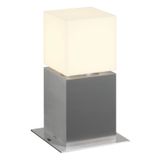
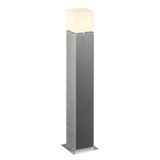
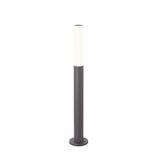
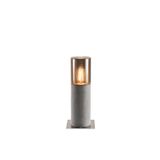
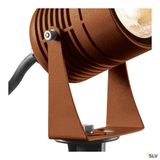
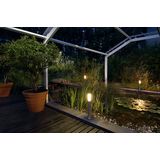

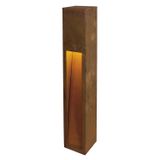

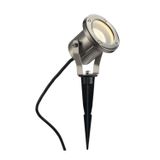
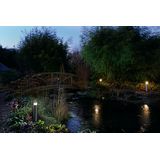
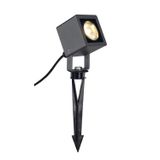

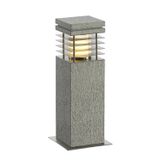
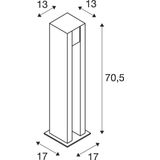

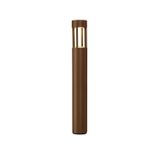
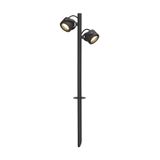
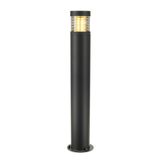
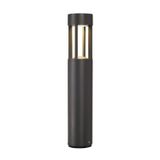
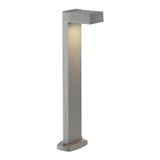
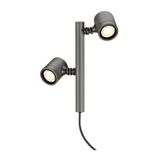
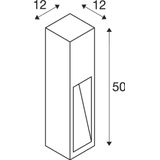


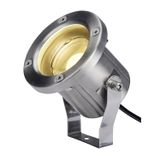
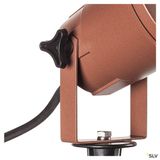

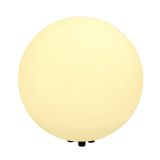

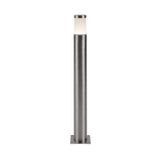

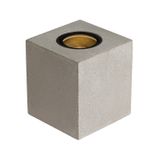


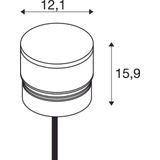
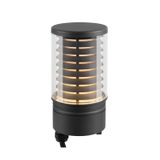
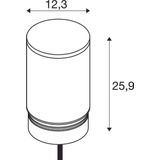
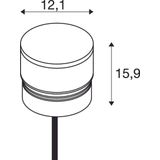
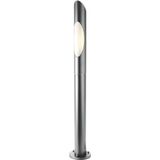


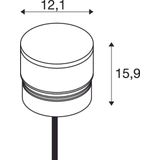
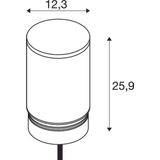

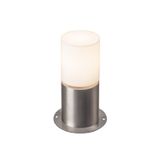
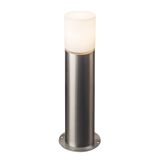
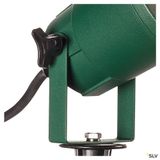
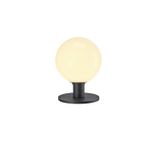
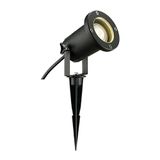
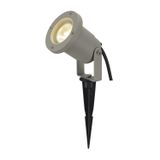
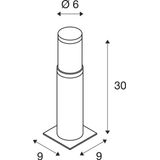


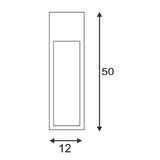
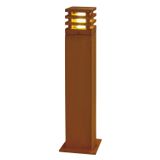
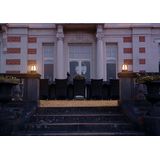

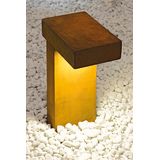

-
-
1
- 2
-
slv street luminaires Application scope and brand context
Municipal roads, campus paths, retail promenades, and logistics yards need fittings that hold lumen output, keep glare in check, and survive weather plus vibration. SLV’s street and area portfolio is built around die-cast or extruded housings with silicone gaskets, UV-stable lenses, and marine-grade finishes where specified. Typical nodes span ~2 000–35 000 lm at 135–180 lm/W, CRI 70/80, CCT 2700/3000/4000/5700 K, power factor ≥0.95, and THD ≤10–15 % on professional drivers. IP66/67 optics with IK08/IK10 faces are standard; surge immunity commonly 6 kV L-N / 10 kV L/N-PE (upgradeable to 10/20 kV in harsh grids).
slv led street lights Photometric packages and optics
Distributions include ME-class road beams, wide/forward area patterns for squares, and back-light cut for residential façades. Lens plates in PMMA/PC deliver repeatable cut-off; glare is controlled via high shield angles and optional visors to meet TI/UGR targets. For walkway uniformity, twin-asymmetric optics minimise pole count while keeping Emin/Ē ≥0.4 on 3–6 m columns. Tool-less gear access and tilt-indexed spigots (Ø60/76 mm, top or side entry) shorten night works; cable windows typically 1.5…6 mm² with marked torque on terminal covers.
slv urban lighting fixtures Electrical, thermal, and standards
Drivers offer step-dimming, virtual midnight, and DALI-2/1–10 V control; Zhaga Book 18 or NEMA C136 sockets enable nodes for CMS, photocells, and radar presence. Efficiency >90 % with low inrush variants available for dense circuits. Thermal paths keep Tc visible and serviceable; ambient −30…+50 °C by series, with dedicated cold-climate kits. Compliance: EN 60598-1/-2-3 (street lighting), IEC/EN 61347-2-13 (control gear), EN 55015/EN 61547 (EMC), EN 61000-3-2 (harmonics). Optical data is LM-79 tested; life claims reference LM-80/TM-21 with L80/B10 50–100 kh when Tc is respected.
slv exterior led luminaires Applications, integration, and mounting
Residential streets and car parks: warm 2700–3000 K reduces perceived glare and sky glow; use dimming schedules for after-hours energy cuts. City cores and retail: 3000/4000 K with CRI 80 for color fidelity on signage. Ports and yards: high-ambient options with stainless fixings and elevated surge class; wide beams reduce pole shadows on maneuvering areas. Nodes connect to city CMS via DALI-2 or RF/LoRaWAN gateways; metering versions expose kWh for concessions. Brackets cover single/double outreach, wall arms, and catenary kits, with SWL and wind-area data published so structural checks aren’t guesswork.
Technical notes installers care about
- Ingress/impact: IP66 optics, IK08/IK10 fronts with tempered glass where solvents or vandal risk exist.
- Surge: specify SPD class per feeder study; keep PE jumpers short and direct to the earth bar.
- Inrush: plan diversity; stagger groups or select soft-start drivers on long feeders.
- Maintenance: quick-release gear trays, captive screws, and coded connectors keep lift time down.
In parks and promenades, specify bollards or post-tops as slv park lighting elements on the same control backbone for consistent scenes. On mixed façades and courtyards, companion forms from the broader slv outdoor luminaires catalogue keep the visual language intact. For arterials, luminaires must integrate with slv road lighting systems where CMS, metering, and fault telemetry are contractual.
Selection criteria for B2B buyers
- Lighting class: define ME/CE/LEP targets, pole height, spacing, and setback; pick optic to hit Ē, Emin/Ē, TI, and SR.
- CCT/CRI policy: 2700–3000 K for residential/heritage; 4000 K for traffic efficiency; CRI 80 where facial recognition/CCTV matters.
- Electrical discipline: PF/THD limits, SPD rating, inrush per circuit, and conductor range; verify Zs after LED load reduction.
- Control strategy: step-dimming vs DALI-2 vs node-based CMS; reserve sockets (Zhaga/NEMA) and define dim curves (virtual midnight).
- Environment: IP/IK, marine coating class, column interface (Ø60/76 mm), wind area, and ambient range.
- Serviceability: tray access, spare lens plates, gasket kits; keep Tc 10–15 K below limit for warranty headroom.
- Documentation: IES/LDT, LM-80/TM-21 nodes, SPD test data, torque tables, and wiring diagrams—auditors stop asking when these are in the pack.
Integration with other equipment
Feeders should include Type 2 SPDs and metering where billing is split by concession. DALI-2 gateways bridge to BMS/SCADA; presence/dimming policies coordinate with CCTV and wayfinding to avoid dark spots. Where EV bays sit under the same poles, segregate circuits and publish load groups; bollards and signage can share columns if structural and EMC rules are met.
Advantages of working with Bankoflamps
We translate lighting class, optics, pole geometry, CCT/CRI, drivers, and CMS interfaces straight from your road books and layouts, then show live EU stock by warehouse before night shifts are booked. Quotes usually return in about an hour with EAN/MPN, flux/efficacy nodes, SPD class, inrush, IP/IK, mounting sets, and conductor windows spelled out—so selections don’t drift mid-phase. Your portal provides lead-time visibility, shipment status, and downloadable price lists with validity dates; approved clients can use post-payment up to 30 days. We consolidate by route section or precinct to cut freight and on-site sorting, and your account manager checks pole loads, feeder diversity, CMS socketing, surge policy, and bracket interfaces against the drawings—so cartons arrive lift-ready and crews light the street once.